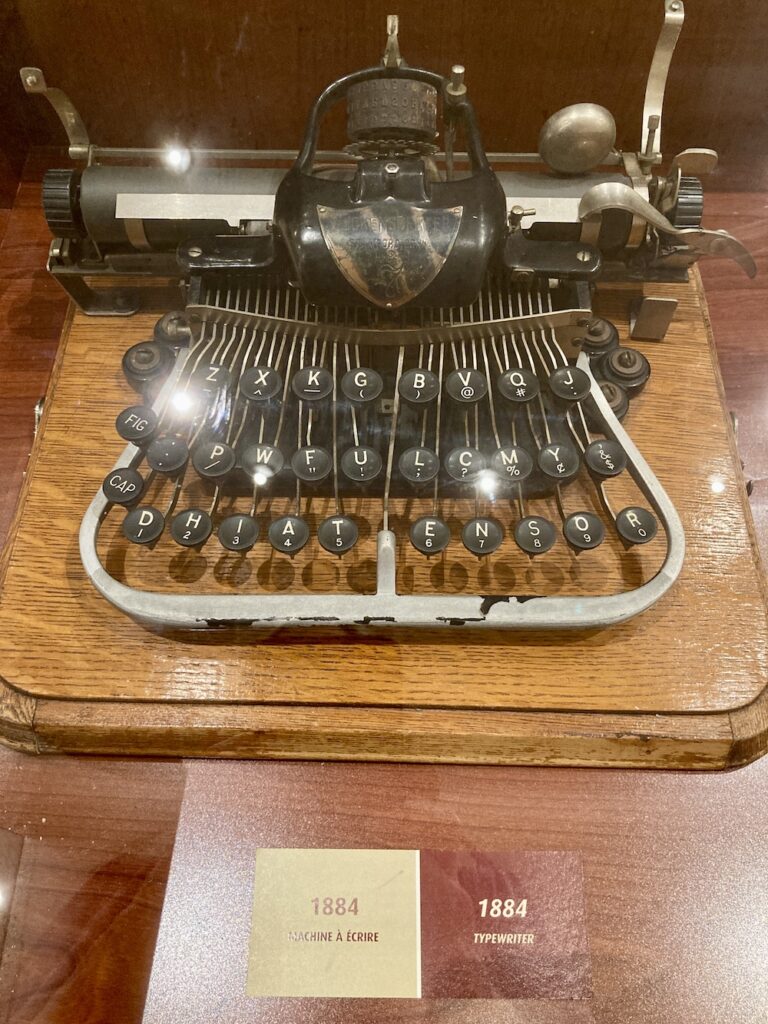The holorime: read aloud and marvel!
November 22nd, 2024 at 6:17 pm (French, Language)
I just discovered this delightful example of a holorime, which is a sequence of sounds that can be formed by different choices of underlying words, leading to completely different meanings. This one crosses languages. Although it is written in French, if you pronounce it out loud, you’ll soon discover that it sounds like you’re reading “Humpty Dumpty” in English but with a strong French accent:
Un petit d’un petit
S’étonne aux Halles
Un petit d’un petit
Ah! degrés te fallent
Indolent qui ne sort cesse
Indolent qui ne se mène
Qu’importe un petit d’un petit
Tout Gai de Reguennes.
From “Mots d’Heures: Gousses, Rames”, shared by Elly on Bluesky.
Wow! It tickles my brain. Wikipedia notes that holorimes are related to mondegreens, which are alternative hearings of song lyrics. The first one that comes to my mind is hearing about a fan asking John Prine to play the “Happy Enchilada” song, which left him at a loss, until the fan continued, “You know – it’s a happy enchilada and you think you’re gonna drown!” Then he figured out that she was asking for his song titled “That’s the Way the World Goes Round”, which includes the line “It’s a half an inch of water and you think you’re gonna drown.”
It’s a marvel that our brains can translate sound waves into words at all, and these are fun examples that play with the edges of that ability. Picking out words from one language to assemble the sounds of real words in another language is genius!

 I figured the
I figured the